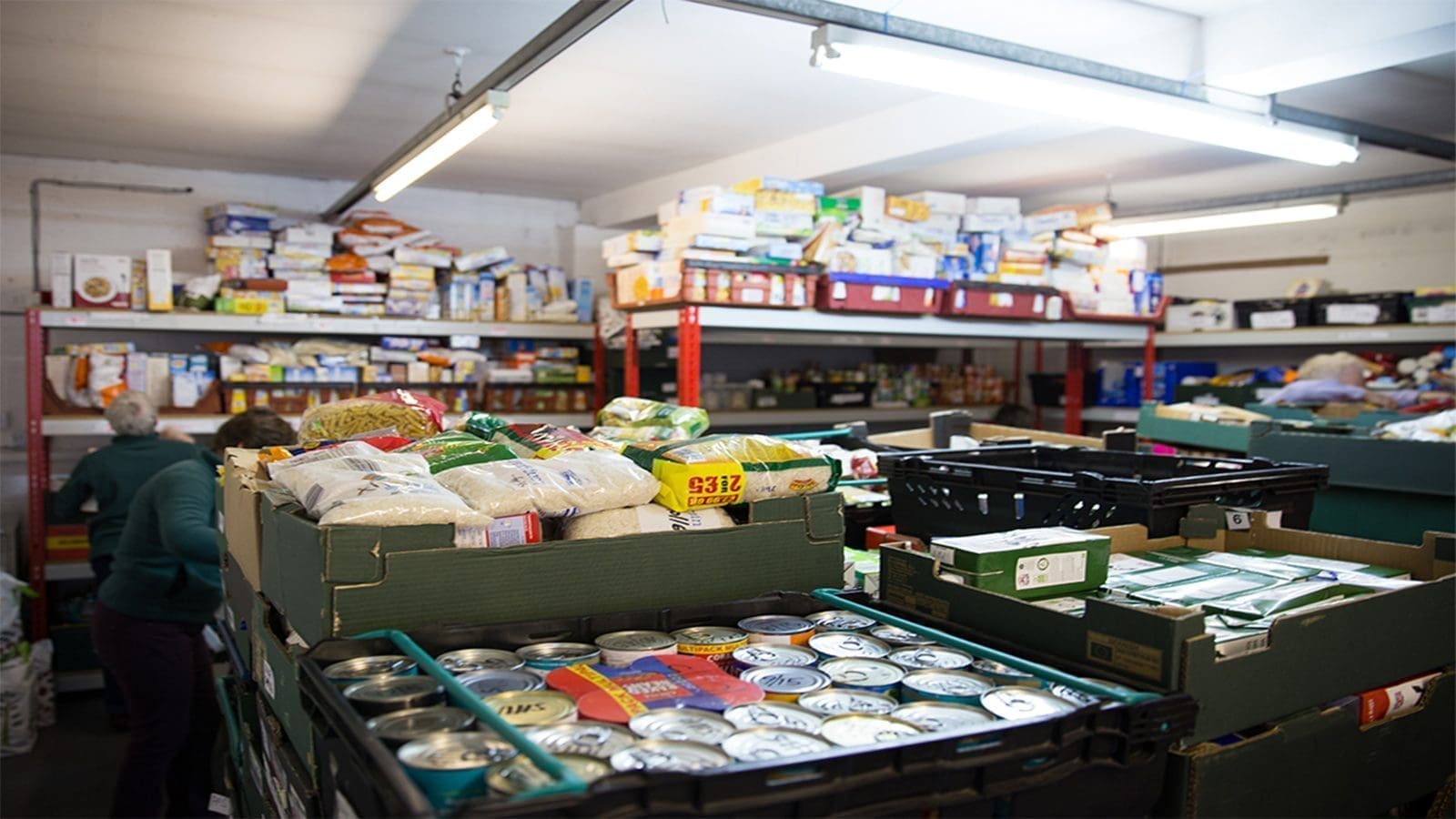UK – With food donations becoming ever more common, the Food Standards Agency (FSA) recently set out to investigate how best to support such organizations to ensure food safety.
To accomplish this, FSA contracted Ipsos, a multinational market research and consulting firm, to research the route that food follows in the community food provision industry from suppliers to final customers.
According to statistics, the UK is seeing an increase in the usage of food banks as a result of food insecurity, with both demand and the number of people getting aid rising.
More people from a wider range of backgrounds relied on communal food supplies during the COVID-19 pandemic.
The study looked at how local food suppliers run their businesses, how food safety is handled, and how the FSA can help these businesses.
It started by examining how much food is provided in the community, how it is distributed, and the hazards and issues related to food safety.
The Independent Food Aid Network, FareShare, and Trussell Trust were among the national support networks and food banks that were highlighted (IFAN).
Networks obtained food from a variety of sources, including redistribution networks, surplus or donations from businesses, and public donations. One took all food varieties, whereas the other only accepted ambient foods with a lengthy shelf life.
They banked on stock rotation to make sure that the food was in date order. Databases were utilized for vast networks to track the arrival of food and its final destination.
Variation in supply resulted in changing delivery days, some unsuitable stock, and unpredictable quantities, says Food Safety News.
Networks discovered problems with the traceability of food donated by some suppliers. Concerns also revolved on the fact that they had no idea how the food had been handled and stored prior to its arrival.
According to the study, organizations were unsure about the proper way to handle unpackaged foods, such as bread and pastries, as well as how long frozen food could be left out of the freezer before it became harmful.
For organizations interested to join the food banks, they were often subjected to food safety and hygiene audits.
Local centers had personnel devoted to ensuring that food was of a high standard as it was delivered and that it was stored properly and appropriately labeled with dates, reported Ipsos.
As a strategy to control costs associated with food waste, community service providers proposed that certain firms and shops donate goods.
Community providers frequently err on the side of caution, which can lead to a reduction in the amount of food provided to those in need and an increase in food waste.
Guidance and resources around key food risks suggested
The second phase, conducted in February and March 2022, involved eight case studies with community food producers from England, Wales, and Northern Ireland.
Organizations used a variety of mixed models for offering support, such as providing meals, collection, and delivery of food parcels with non-perishable and fresh items.
Some of them had been warned that since they were working with food that was close to, at, or past its use-by date and sometimes even beyond best before dates, it would be challenging to attain the highest food hygiene grade of 5.
To reduce the possibility of allergens, the majority of groups did not accept food that was not properly labeled with the complete contents list.
According to the study, organizations were unsure about the proper way to handle unpackaged foods, such as bread and pastries, as well as how long frozen food could be left out of the freezer before it became harmful.
As some groups had to use shared rooms or had limited equipment, there were worries about preparing, labeling, and storing large products like meat, conveying refrigerated or frozen food, and processing areas.
Case studies provided examples of when businesses contributed spoiled prepared foods, moldy bread and rolls, or unlabeled pastries and bread.
When asked how the FSA could assist providers, guidance and resources around key food risks were frequently suggested.
This included the proper way to label allergens and how to manage food that was approaching or at its use-by date.
Some suppliers also want the FSA to collaborate with major retail chains and other suppliers to create guidelines on how to appropriately donate extra food to neighborhood organizations.
One illustration given in the study was making sure food is donated with the appropriate documentation to aid with traceability.
Liked this article? Subscribe to Food Safety Africa News, our regular email newsletters with the latest news insights from Africa and the World’s food safety, quality and compliance. SUBSCRIBE HERE








